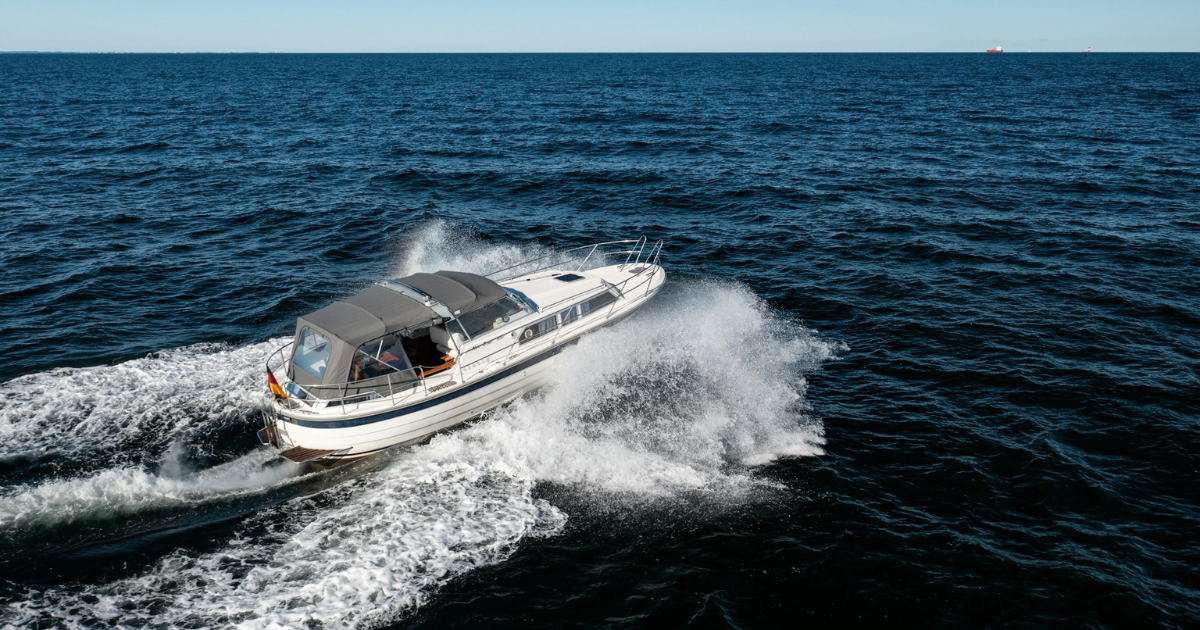Operating a boat requires not only skill but also an understanding of safe navigation practices. Among the many considerations, choosing a safe speed is essential for ensuring both your safety and the safety of others. But what exactly determines if a speed is safe for your boat? This article will dive into the various factors that influence safe boating speeds, helping you make informed decisions on the water.
Key Factors for Determining Safe Speed for Your Boat
- Visibility Conditions
- One of the most crucial aspects of determining a safe speed is visibility. Reduced visibility due to fog, rain, or darkness can make it challenging to spot obstacles, other boats, or buoys. When visibility is limited, reducing speed is essential to give you more time to react if obstacles suddenly appear.
- In adverse weather, slowing down is crucial for safe navigation. Even the slightest hindrance to visibility can make it harder to judge distances, increasing the risk of collisions.
- Traffic Density
- Boat traffic is another significant factor in setting a safe speed. On busy waterways, such as crowded harbors or channels, there is an increased risk of accidents. A safe speed in such situations is typically lower, allowing for easier maneuvers and adequate reaction time to avoid collisions.
- Knowing the common boating patterns of the area you’re in can help, but always adjust your speed to account for other watercraft around you.
- Water Conditions
- The current water conditions, including wave height, current, and tide, directly impact how your boat handles. For example, larger waves or strong currents require a slower speed to maintain control.
- Choppy or turbulent waters can affect the boat’s stability and your ability to steer accurately. In these cases, a slower speed helps in maintaining stability and control.
- Your Boat’s Handling and Performance
- Different boats have varying handling characteristics. For instance, a smaller boat may be more affected by waves or wind than a larger, heavier vessel. Therefore, understanding your boat’s limitations is essential for safe boating.
- Powerboats, sailboats, and personal watercraft each have unique handling capabilities. Knowing how your boat performs at different speeds will help you determine a safe speed based on its performance in specific conditions.
- Proximity to Shorelines or Obstacles
- When boating near shorelines, rocks, docks, or underwater hazards, a lower speed is essential. Close proximity to these obstacles leaves less room for error, so maintaining a conservative speed helps prevent accidents.
- Certain areas may also have restrictions on speed limits to protect wildlife, minimize erosion, or keep swimmers safe. Following these regulations is both legally required and a good practice for responsible boating.
- Weather and Wind Conditions
- Strong winds can make it challenging to keep a boat steady. Winds can also create larger waves, making navigation difficult and affecting the boat’s maneuverability.
- Monitoring local weather forecasts before and during your trip can help you anticipate changes in weather and adjust your speed accordingly.
- Navigation Regulations and Speed Limits
- Many boating areas, particularly near marinas, inlets, and coastal zones, have specific speed restrictions. Following posted speed limits and adhering to local regulations is essential.
- Regulations are often based on factors such as proximity to populated areas, wildlife zones, or hazardous waters, so respecting them is both a legal and a safety matter.
- Experience and Skill Level of the Operator
- A boat operator’s experience level can greatly affect what speed is considered safe. An experienced boater might feel comfortable at slightly higher speeds than a beginner would in similar conditions.
- Knowing your skill level and comfort with handling the boat is essential. If you’re new to boating or unfamiliar with your vessel, slower speeds may be safer until you build confidence and experience.
Additional Safety Tips for Determining Safe Speed
- Follow Local Boating Guidelines: Always check local boating regulations as some areas may impose specific speed limits.
- Stay Alert and Vigilant: Always be aware of your surroundings, monitoring other boats, weather changes, and potential hazards.
- Adjust as Conditions Change: Conditions on the water can change rapidly, so be prepared to adjust your speed as needed.
- Use Safety Equipment: Ensure you have all the required safety equipment on board, including life jackets, navigation lights, and sound signaling devices.





Leave a Reply